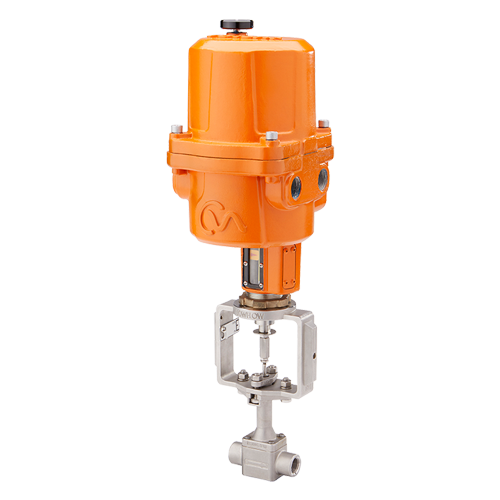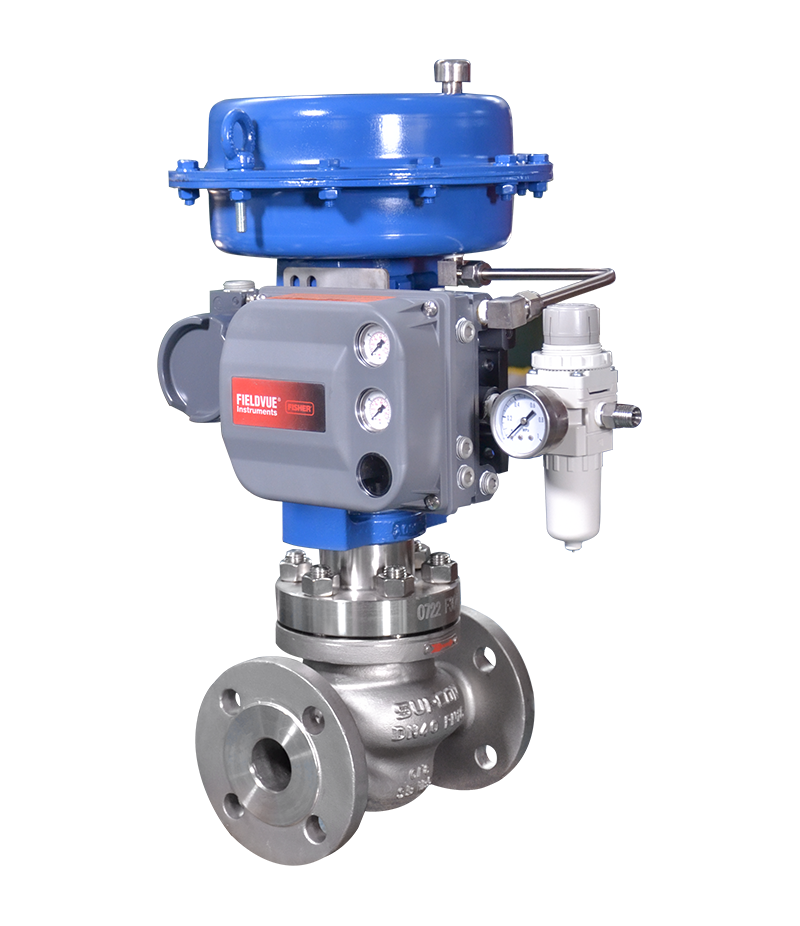How Control Valves Influence Energy Effectiveness in Industrial Settings
How Control Valves Influence Energy Effectiveness in Industrial Settings
Blog Article

Maximize Power Cost Savings and Comfort With Advanced Building Automation Controls
In the realm of contemporary style and center administration, the integration of innovative structure automation controls stands as a crucial advancement. The merging of innovation and sustainability has actually birthed a brand-new age where energy performance, comfort optimization, and operational streamlining are no longer far-off aspirations yet obtainable realities. By harnessing the power of automation, structures can adapt, react, and develop in manner ins which were once unbelievable. The potential for significant energy cost savings and improved convenience is not simply an assurance yet an opportunity waiting to be fulfilled. This paradigm change in building monitoring holds the essential to opening a world where ecological conscientiousness and owner well-being harmoniously exist together within the walls of our structures.
Power Efficiency Conveniences
Power performance advantages can substantially lower energy consumption and functional expenses in buildings. By carrying out energy-efficient techniques and innovations, building owners and operators can attain considerable cost savings while additionally adding to environmental sustainability. Among the primary benefits of improving power efficiency in buildings is the reduction of energy bills. Energy-efficient systems, such as sophisticated structure automation controls, can maximize making use of resources like cooling, illumination, and heating, leading to lower energy costs in time.
Furthermore, boosted energy efficiency can extend the life-span of structure tools and systems. By running much more efficiently, a/c systems, light, and other building parts experience much less deterioration, leading to decreased maintenance and substitute costs. In addition, energy-efficient buildings usually command higher home values and rental rates, offering lasting economic advantages to proprietors.
Additionally, power effectiveness can boost occupant convenience and productivity. Correctly regulated indoor environments with optimum lighting and thermal conditions develop a more favorable and pleasurable work area, bring about improved staff member fulfillment and performance. On the whole, the energy performance benefits related to advanced building automation controls are complex, incorporating cost financial savings, environmental stewardship, and occupant wellness.
Boosted Comfort Control
Enhancing convenience control in structure atmospheres calls for a sophisticated combination of innovative automation systems for optimum resident well-being. By utilizing innovative structure automation controls, centers can customize the indoor environment to meet the specific needs and choices of owners. These systems enable precise policy of lighting, ventilation, and temperature, producing a efficient and comfortable ambience. Owner satisfaction and efficiency are closely connected to thermal convenience, making it necessary to have systems in area that can adapt to changing problems in real-time.
Improved convenience control goes beyond fundamental temperature changes. It includes functions such as personalized setups, occupancy sensors, and natural light usage to develop a receptive and dynamic setting. By integrating these innovative controls, structures can not just enhance comfort yet additionally improve power effectiveness by optimizing system procedures based on actual tenancy and use patterns. Eventually, focusing on owner convenience through sophisticated automation systems brings about a more pleasurable and much healthier interior setting.
Functional Performance Improvements

Furthermore, the execution of real-time tracking and analytics devices enables building drivers to identify power ineffectiveness and functional anomalies quickly. By continually monitoring power usage patterns and system performance metrics, changes can be made in real-time to maximize power usage and make sure peak operational efficiency. control valves. Furthermore, integrating demand reaction techniques into structure automation controls can further improve functional efficiency by dynamically adjusting power usage based on grid conditions and prices signals
Indoor Environment Optimization
Efficient interior climate optimization is a fundamental element of structure automation controls, making certain occupants' comfort and health while taking full advantage of power financial savings. By making use of advanced sensors and controls, developing automation systems can constantly adjust and check temperature, moisture degrees, air quality, and air flow to produce an ideal indoor environment. Keeping comfy and regular conditions not just improves resident satisfaction yet likewise increases productivity and overall health.
Interior climate optimization likewise plays a vital duty in energy effectiveness. By fine-tuning air flow, home heating, and cooling systems based on real-time information and tenancy patterns, developing automation controls can substantially decrease energy consumption - control valves. For circumstances, carrying out strategies such as demand-controlled air flow and thermal zoning can assist minimize power waste while making sure that each area of the building gets the required conditioning.

Lasting Environment Development
Building automation manages not only enhance interior environment problems for power performance and passenger convenience however also lay the structure for developing a lasting atmosphere with tactical administration of sources and systems. By integrating sophisticated structure automation innovations, such as sensing units, actuators, and intelligent software, facilities can monitor and readjust power use in real-time to lessen waste and minimize their carbon footprint. These systems allow anticipating maintenance, determining potential concerns before they intensify and maximizing tools efficiency to boost long life and effectiveness.
Moreover, sustainable setting creation expands past power administration to encompass water preservation, waste decrease, and interior air top quality renovation. Building automation controls can control water use, spot leakages, and make sure correct garbage disposal techniques, adding to total sustainability initiatives. Additionally, by monitoring and managing air flow and filtration systems, these technologies enhance resident health and productivity while reducing energy consumption connected with heating and cooling operations.
Conclusion
Finally, advanced structure automation regulates deal substantial advantages in regards to power cost savings, convenience control, operational performance, indoor environment optimization, and creating a lasting environment. By executing these controls, buildings can achieve ideal efficiency while decreasing energy usage and improving owner comfort. It is evident that the usage of sophisticated automation technology is crucial in enhancing structure performance and producing an extra lasting future.
Power effectiveness why not try here benefits can substantially decrease energy usage and operational costs in buildings. Overall, the energy performance benefits connected with advanced structure automation controls are multifaceted, incorporating price financial savings, ecological stewardship, and passenger well-being.
Furthermore, integrating need response methods into structure automation controls can further enhance link operational effectiveness by dynamically changing power use based on grid conditions and pricing signals.
Structure automation regulates not only optimize interior environment conditions for power effectiveness and resident convenience but likewise lay the structure for producing a lasting setting via calculated management of systems and sources.In final thought, progressed structure automation manages offer significant benefits in terms of power cost savings, comfort control, operational effectiveness, indoor environment optimization, and creating a sustainable setting.
Report this page